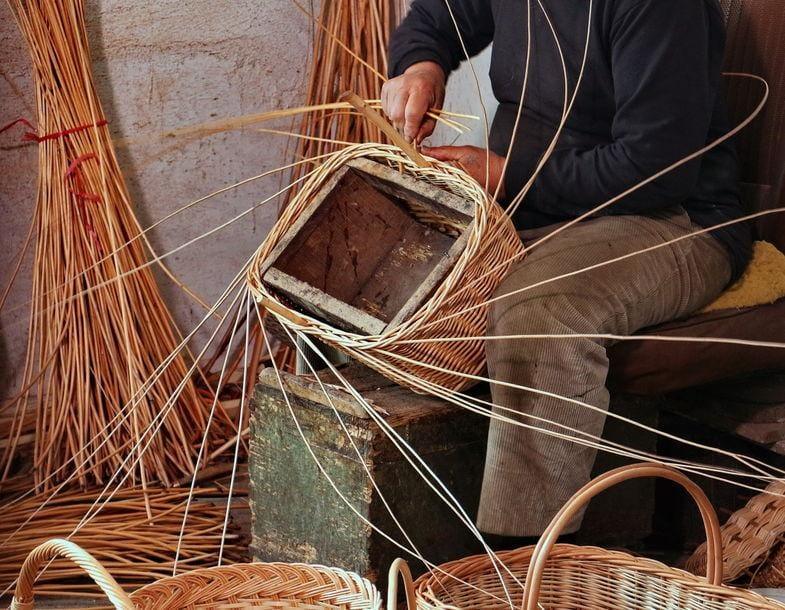We already wrote an interesting article about the sustainability of rattan material used in indoor or outdoor furniture in a previous post.
Rattan is a type of plant, of the palm family that resembles a climbing or trailing vine. You can find rattan plants mostly in parts of Asia, Malaysia, Indonesia, and the Philippines.
This plant is notably used in wicker art or furniture. Rattan is so flexible that it can be manipulated into any shape, especially when torn into smaller fibers. It can be woven into furniture such as chairs, mirrors, or baskets. Rattan is an excellent idea for home decor.
Brief history
Over the years, rattan has gained a lot of recognition. Its various attributes and benefits, especially in the area of creativity.
Since the early 90s, when rattan was first recognized in the West as a possible alternative for furniture, it has gone on to become a standard material for canning. Its malleability and strength have made it the most sought for natural material used in wickerwork.
Attributes of Rattan
As noted earlier, rattan is related to the palm tree and is a native of Asia, Malaysia, Indonesia, and the Philippines. It resembles a climbing vine and can grow up to a hundred feet tall while maintaining a consistent thickness of less than a few inches.

When the rattan is harvested, it is cut into 13-foot length poles, the dry sheathing is removed, and the stems are left under the sun to dry. After it the drying and seasoning process, the long poles are then straightened and used to make furniture and decor.
The outer bark of rattan is used for canning, while the inner reed-like section is used to weave wicker furniture. This is the difference between wicker furniture and rattan. Wicker is a weaving process, not an actual plant or material as rattan.
Rattan can be used for outdoor and indoor decor because of its durability. It can be bent or curved into any shape and can brighten up any space with its light, golden color. It often projects a feeling of tropical paradise wherever it is used.
Types of Rattan
Cane Rattan
That layer just beneath the dry, thorny sheath that is removed, before the rattan poles are cleaned, dried and smoked, that's the cane.
After the drying and seasoning process, the cane layer is peeled and processed into long strands. Due to the rattan cane's flexibility and durability, it is used to weave chair seats and backs. It is also used as a wrapping material around parts of furniture frames.
You don't have to worry about maintaining or cleaning the cane rattan because it has a natural shine and does not readily absorb stain or dirt. Thus, it is easy to clean.
Our baby cot is made of 100% natural cane rattan (click on the photo for the link)
Synthetic Rattan
This type of rattan is a synthetic material designed to look exactly like the real deal. It is mostly used for outdoor furniture and decor. Hence it is often referred to as outdoor rattan or outdoor wicker.
Synthetic rattan is made from polyethylene, which made it nicknamed PE rattan. The PE rattan can withstand the elements of outdoor, be it rain or intense sunshine, either of which could harm the real rattan.
Although PE is not the only type of synthetic rattan available, it is more eco-friendly and has more lasting quality than the others.
Reed Rattan
This is the inner, wood-like portion of the rattan plant. It is more porous and fibrous than the cane layer. Unlike the cane, the reed is more absorbent and prone to stains. Most decorative embellishments used on wicker furniture, such as curls and swirls are often made from reed rattan.


